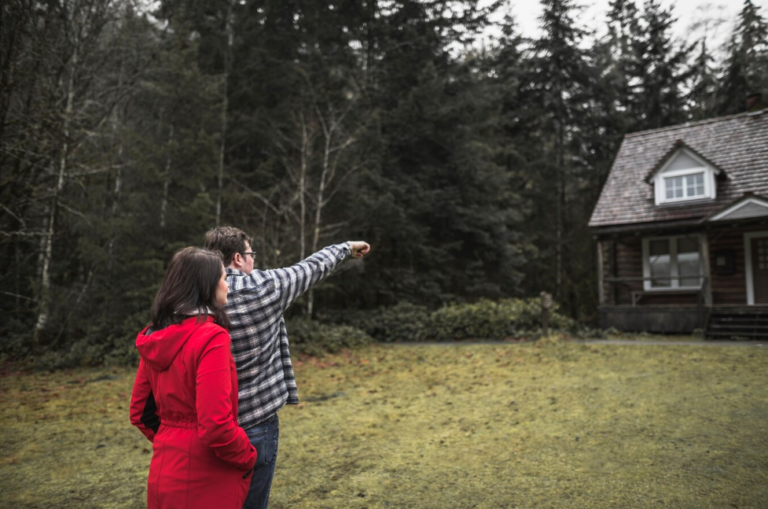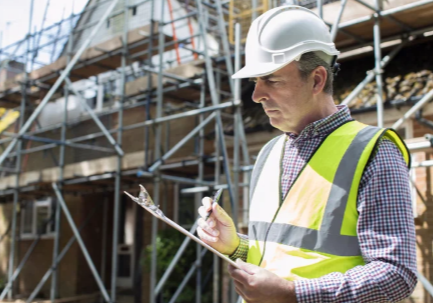Exterior Shutters and Fire Safety: What Homeowners Need to Know
Every homeowner cares about beauty, durability, and above all, safety. Exterior shutters are often thought of in terms of curb appeal and functional protection from storms or sun. Yet their role in fire safety is less discussed—but equally critical. In this post, we explore how exterior shutters can help mitigate fire risk, what features to look for, and how to balance aesthetics with safety when selecting shutter systems for your home.
How fire risk connects with exterior shutters
Windows and openings are among the most vulnerable points in a house when fire strikes. Flames and radiant heat from wildfires or neighboring structural fires can enter through broken windows, ignite interior surfaces, or spread into attic and wall cavities. Well-designed exterior shutters provide an extra barrier, protecting glazing, slowing heat penetration, and reducing the chance that embers can jump through cracks. In regions prone to wildfires or where homes sit close together, they act as one line of defense in a layered fire safety strategy.
What to look for in fire-resistant shutter systems
Materials with fire resistance
Not all shutters are created equal when it comes to fire safety. Traditional wood shutters, while beautiful, are combustible and may accelerate fire spread. Composite or metal shutters, particularly those rated for fire resistance, offer better protection. Some systems are tested and certified to specific fire ratings, such as one-hour or two-hour fire exposure. Also, flame-retardant coatings and intumescent layers can help slow heat transfer.
Design features and sealing
Gaps, joints, and hardware can undermine effectiveness. A shutter needs to form a tight seal around its periphery to reduce the ingress of heat, smoke, or embers. Fire-rated systems often include gasketed edges or sealing strips. The shutter should cover the full window opening with minimal gaps.
Activation and closure mechanisms
In fire events, shutters may need to close automatically. Some fire-rated shutters are tied into the home’s fire alarm or heat detection system. Upon detecting smoke or high heat, they roll down or swing shut. Others rely on gravity fail-safe designs or mechanical triggers to seal openings.
Installation and hardware
A properly installed system is crucial. The attachment method—surface mounted, built-in, face fixed, or reveal fixed—affects how well the shutter can resist heat and structural stress. The shutter hardware (hinges, tracks, fasteners) must be rated for high temperatures and not fail under thermal stress.
Special case: storm shutters also aid fire safety
In many storm zones, homeowners already use hurricane shutters for wind and debris protection. These same systems, especially metal or composite roller or roll-down models, may provide incidental fire resistance. They can be closed preemptively when a fire threat is known, offering supplemental protection to windows. While they are not a substitute for fire-rated shutters, they can form part of a hybrid protection plan.
Maintenance for long-term safety
Even the best shutter system can fail if neglected. Regular checks are essential:
- Inspect seals, gaskets, and flame-resistant coatings for wear
- Lubricate tracks and hinges with high-temperature–appropriate lubricants
- Test automatic closure triggers periodically
- Clear debris, paint peeling, or corrosion that could degrade fire performance
Exterior shutters can play a meaningful role in a home’s fire safety plan—if chosen and installed thoughtfully. Homeowners should aim for systems with certified fire resistance, tight sealing, durable shutter hardware, and integration with automatic closure systems. In areas where hurricane shutters are already used, consider their fire safety potential as a supplemental layer of protection. Ultimately, shutters are one element of a broader fire safety strategy, complementing defensible landscaping, detection systems, and safe evacuation planning.






